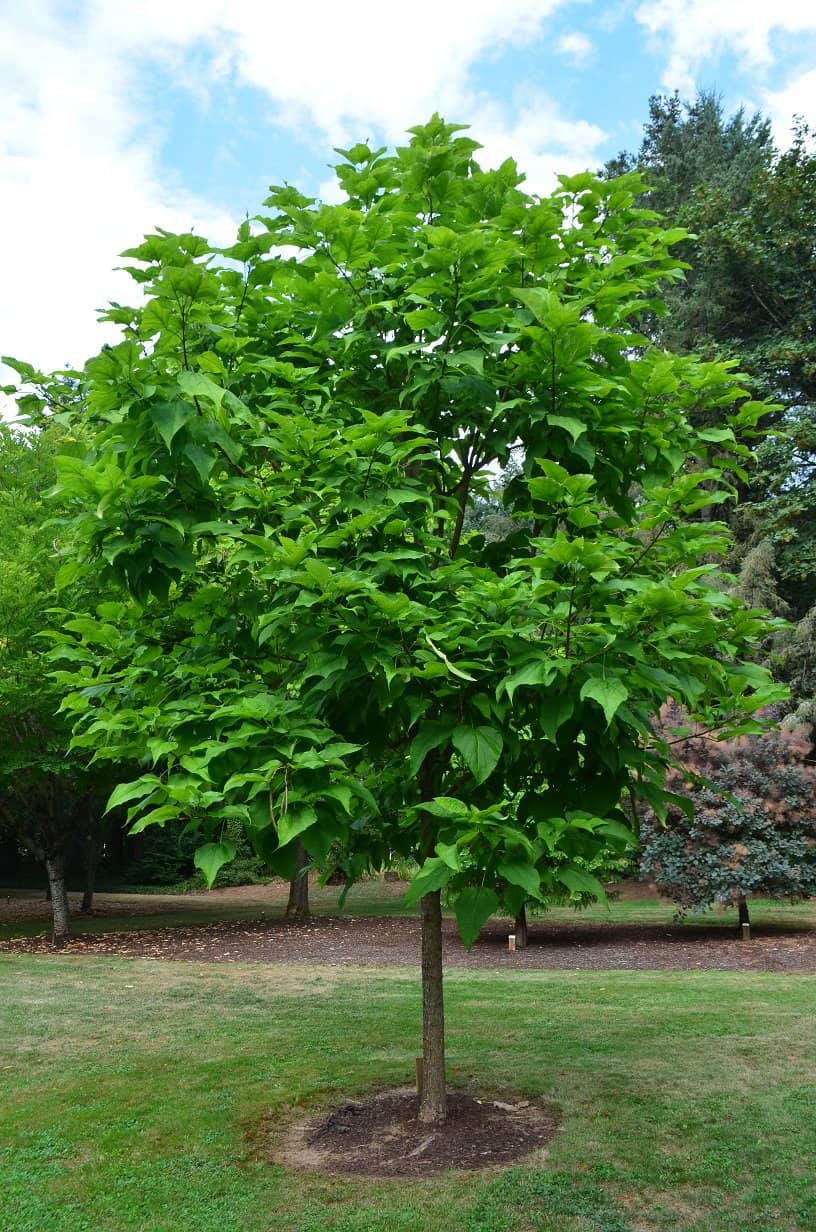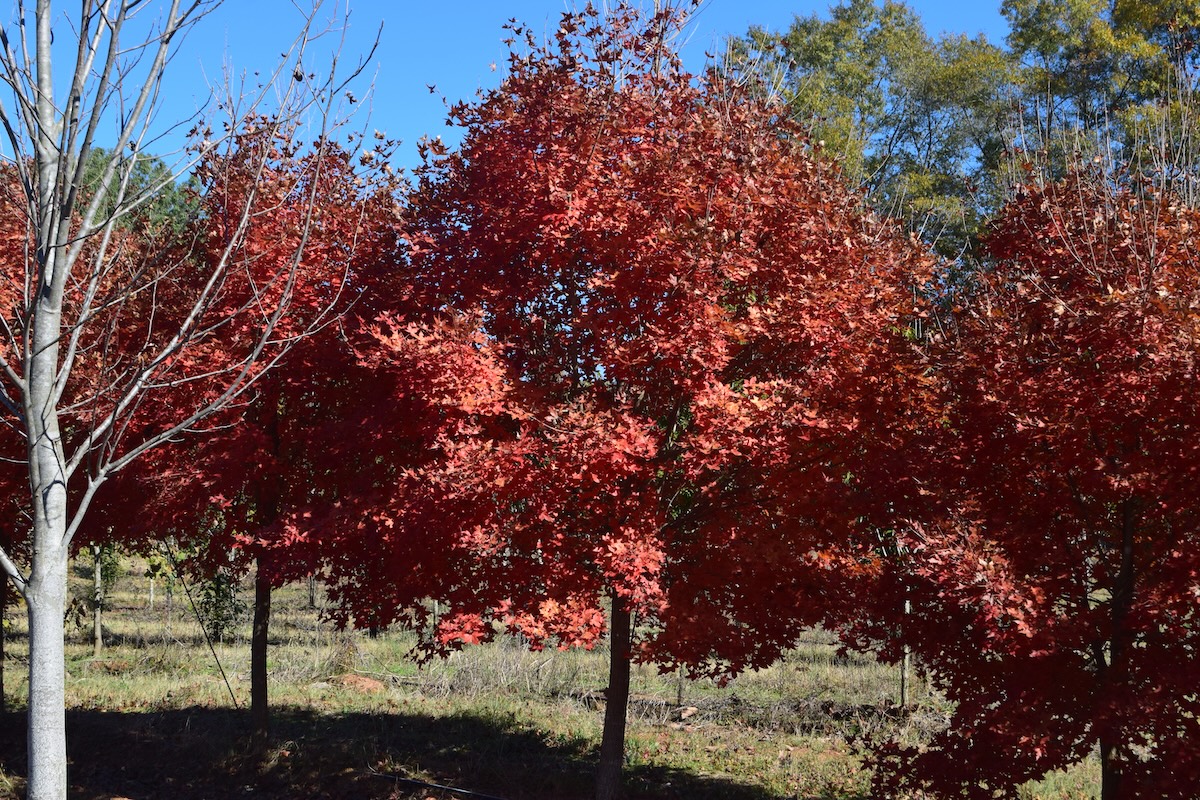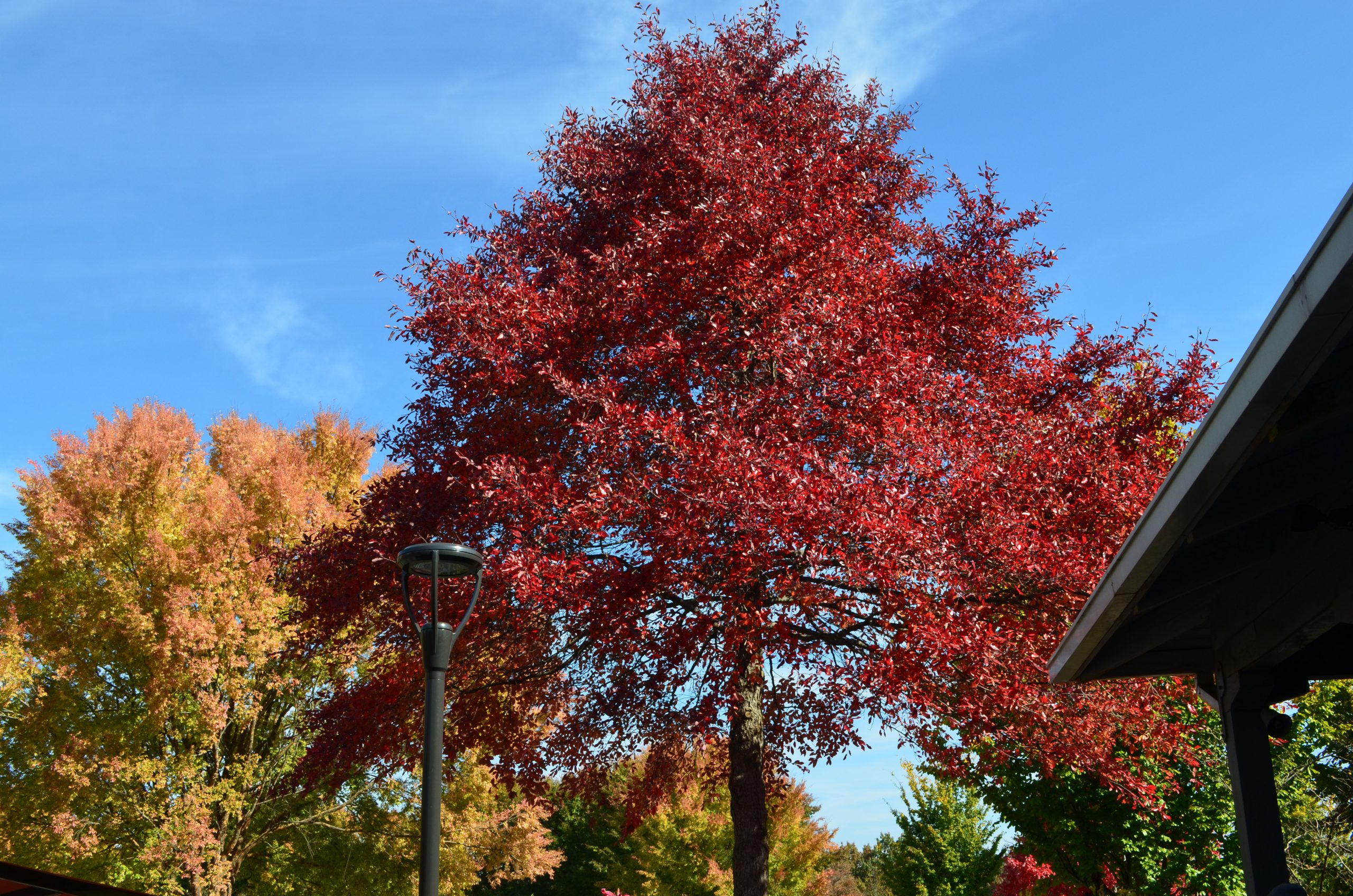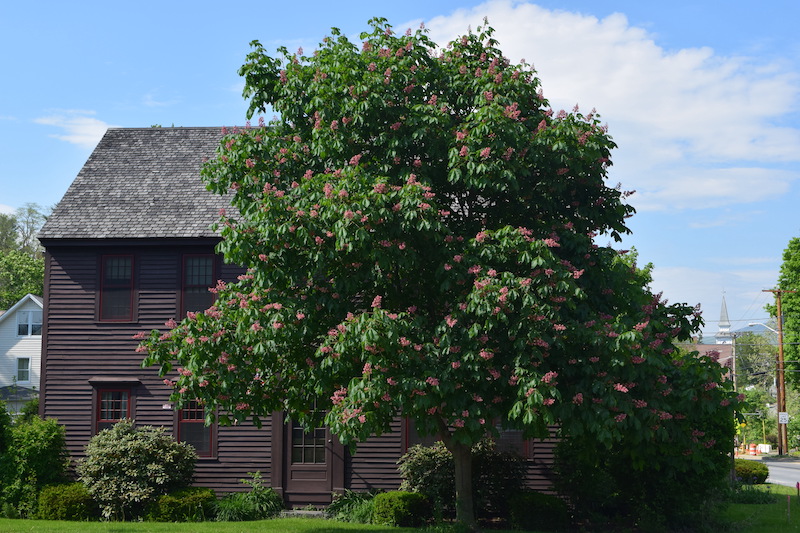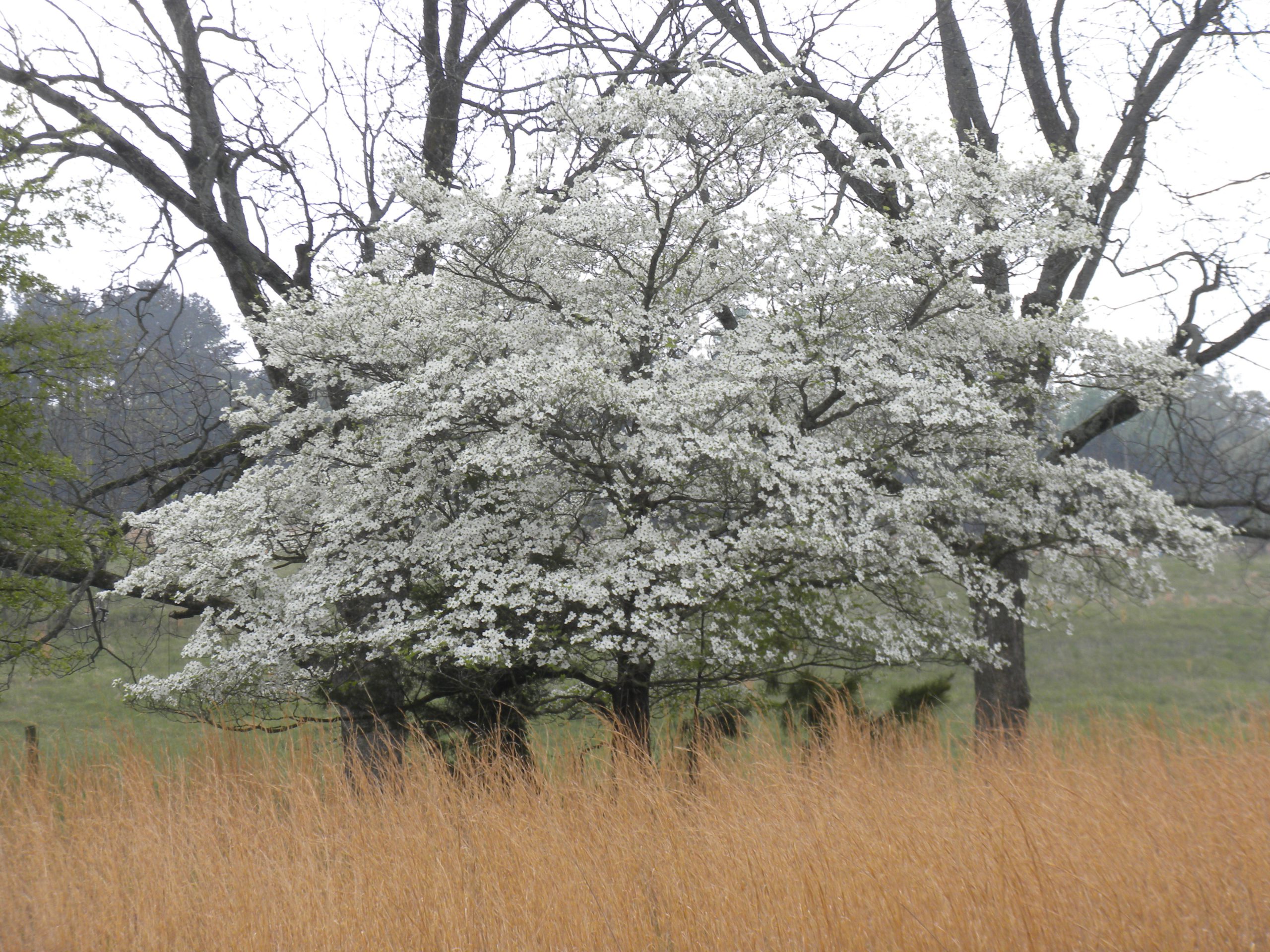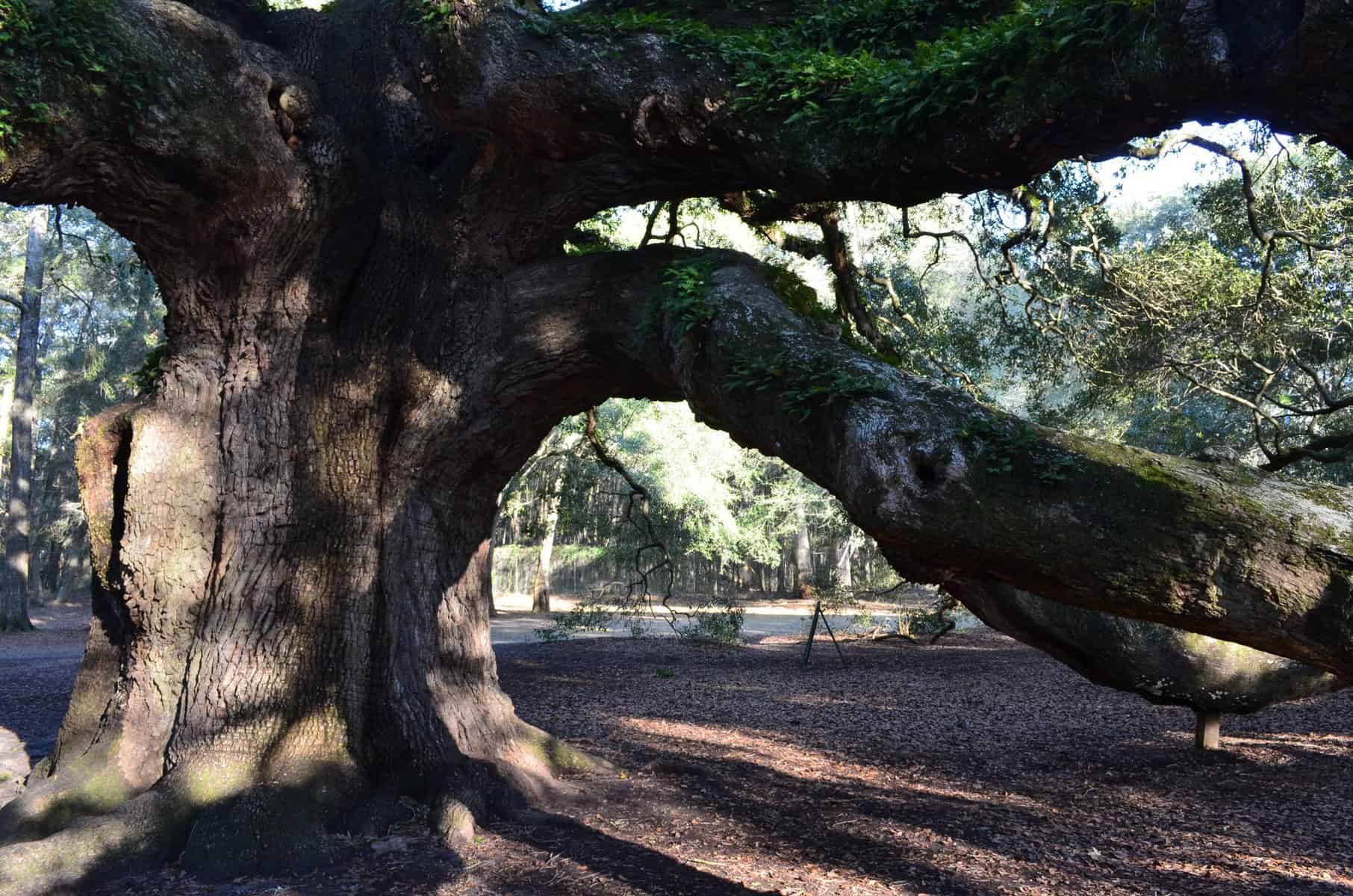
Catalpa speciosa flower cave
Catalpa speciosa has never been commonly utilized in cultivated landscapes, yet somehow occurs in off-the-grid locations from Maine to Florida to the west coast. The species listed native range includes IN, IL, KY, TN, MO and AR. The USDA map it has naturalized in all but ~six western states. In Maine it appears with regularity, noble specimens popping up in Wiscasset, on Harpswell Peninsula, and in East Boothbay. I see trees in abandon fields, along roadsides, old homesteads. How did they migrate so far from their home base?

Catalpa speciosa Trunk in Ole Miss
Catalpas, in general, with 10 species in north America and China, have been scolded/dismissed for coarse foliage, messy fruits and irregular habit, no two trees alike. However, few tree species, such as C. speciosa, display such environmental and cultural tenacity, surviving -30F and below to its presence on the Gulf Coast, where temperatures seldom drop below 20F. It will prosper in acid, high pH, alkaline, well-drained soils in full sun (also listed as growing in damp places). Our high stress landscapes require “tough” trees and C. speciosa qualifies for park, open areas, campuses, corporate sites, and wide boulevards. Typical size is 40 to 60’ high, 20 to 40’ wide, with a large sturdy trunk and coarse branches, the winter silhouette imposing and Halloween-esque. The National Champion is 82’ by 90’ in Vanderburgh, IN. The University of Mississippi campus, Oxford, MS houses the largest trunk I have observed on any Catalpa (see photo).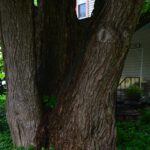
Foliage is bright to mid green, fall color yellow on occasion, each leaf 6 to 12” long, 4 to 8” wide, the margin entire, often with one or two lobes. Flowers on a mature tree are spectacular, foxglove-like in shape, 2” by 2”, white with yellow and purple interior markings, borne in 4 to 8” long, upright panicles in may (Athens), mid-June (Boston) and early July ( Wiscasset, ME)
The slender, 8 to 20” long fruits dangle from the branches like icicles, persisting into the following winter. Initially green, maturing brown, dehiscing to release hundreds of seeds. Each seed with a fringe of hairs at their ends. Seeds germinate readily without pretreatment.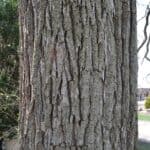
At the U.S. National Arboretum an intensive breeding program has produced many exciting hybrid seedlings with improved habits (more uniform and compact), pink flowers, and degrees of sterility. I walked the plots with Dr. Richard Olsen, director, former Georgia student, and initiator of the program. I keep pestering him about when there will be an introduction. He laughs. Assuming sterility (partial), mildew resistance, compact habit, pink/rose flowers are achieved in one phenotype, then Catalpa will usher in a new and promising landscape era. Species such as C. bignonioides, C. ovata, C. bungei, C. fargesii and C. x erubescens offer useful traits for breeding; a few being utilized in the Arboretum program.
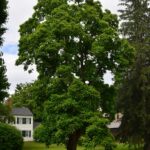 At present, only Heartland™ (‘Hiawatha 2’) from Kansas with uniform, narrow upright-oval growth habit, 50’ by 25’, uniform branching and darker green foliage, is available in commerce. I observed this cultivar and it is a significant improvement on row-run seedlings.
At present, only Heartland™ (‘Hiawatha 2’) from Kansas with uniform, narrow upright-oval growth habit, 50’ by 25’, uniform branching and darker green foliage, is available in commerce. I observed this cultivar and it is a significant improvement on row-run seedlings.

